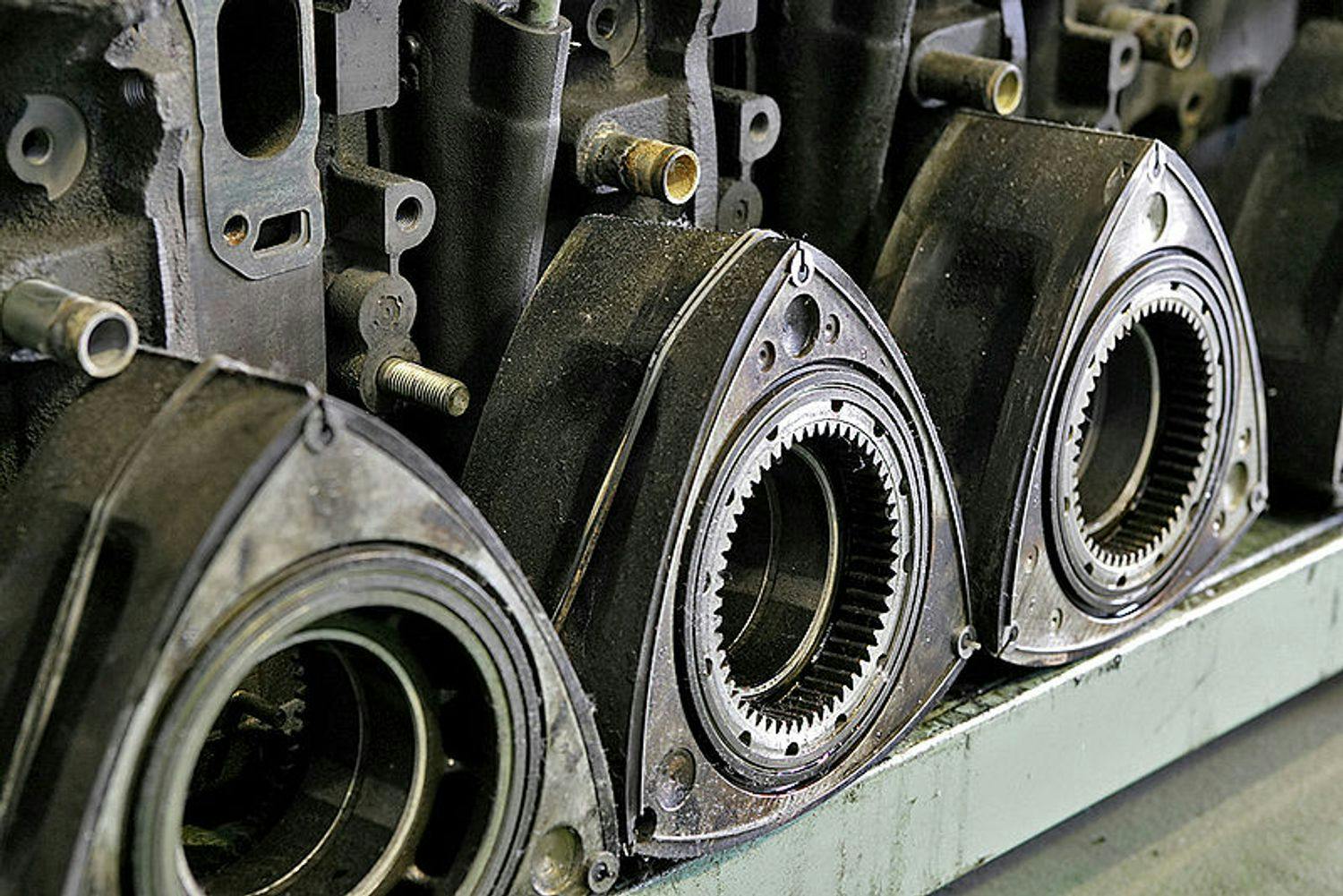Rotary engine: Why is the Wankel rotary engine the best for hydrogen fuel?

The Wankel rotary engine probably does not introduce, but in short, it is a type of combustion engine with a rotary piston that converts pressure into rotary motion. The four-stroke cycle takes place between the oval-shaped inner shell and the rotating piston, which is triangular.
The design of this engine has its advantages - the machine is compact, simpler to build (fewer moving parts), and can develop great power for its weight. Despite this, unlike Mazda, no other car manufacturer is dedicated to engine development.
Table des matières
This is because, despite the mentioned advantages, the engine has its shortcomings, which are quite significant in the case of passenger cars. However, these disadvantages could be eliminated in the case of hydrogen fuel.
Disadvantages of a rotary engine
The Wankel rotary engine is currently not used in mass production due to its main disadvantages, and although many have long buried this engine, Mazda does not want to give it up.
However, as far as the disadvantages are concerned, the most fundamental one includes inefficient fuel burning compared to a classic piston engine and the burning of engine oil, leading to high emissions.
RX-8 powered by both gasoline and hydrogen

Although Mazda doesn't currently make cars equipped with a rotary engine, hydrogen fuel could change that. Mazda started experimenting with the combination of a rotary engine and hydrogen fuel in the 90s. In 2003, it even managed to produce the so-called dual-fuel RX-8.
This special edition RX-8 was able to change fuel from gasoline to hydrogen and vice versa during its operation. Who knows, maybe it still drives on Japanese roads, because it was sold in Japan in 2006.
Why hydrogen and a rotary engine?
Jason Fenske of Engineering Explained (a well-known YouTube channel) recently published a video in which he explains in detail what happens in a hydrogen-powered Wankel engine. To illustrate, he used a rotary engine printed by a 3D printer. You can watch the whole video here:
As for the Wankel rotary engine, which is powered by both gasoline and hydrogen, its construction is essentially the same, with the addition of an injector that injects hydrogen fuel directly into the combustion chamber and also an injector in the intake manifold for a pre-prepared mixture.

Wankel Engine: How does it work, and what are its advantages?
The advantage of a rotary engine over a classic piston engine is the fact that a rotary engine has more time to prepare the mixture (intake cycle). As for the mixture itself, using hydrogen fuel, it is much easier to prepare a mixture of fuel and air, since hydrogen has a much better dispersion than gasoline. Hydrogen is also more flammable - it is much easier to ignite than gasoline.
Easier ignition of the mixture is a huge advantage
However, the advantage of easier ignition of hydrogen could become a disadvantage in the case of classic piston combustion engines due to premature ignition of the mixture.
The combustion cycle in rotary engines takes place in 3 chambers, and the chamber in which the intake of air and fuel takes place is separated from the chamber in which the mixture's compression and ignition occur. Thanks to this, the mixture intake chamber is cooler, and there is less chance of the mixture igniting prematurely.
The use of hydrogen in a rotary engine also solves the problem of inefficient combustion of the mixture, thanks to the properties of hydrogen itself. Hydrogen can burn even in a tighter space than gasoline, thanks to which the rotary engine burns more of the mixture than gasoline and emits fewer emissions simultaneously.
When it comes to emissions, a purely hydrogen-powered car produces no carbon emissions. On the other hand, it does produce nitrogen oxides due to the high temperature generated when the mixture is burned. However, Mazda can influence these emissions by adjusting the mixture - the mixture will contain less hydrogen, reducing the temperature and, at the same time, the emissions of nitrogen oxides.
Conclusion
The rotary engine gets along relatively well with hydrogen, but the definite disadvantage is the short range. That's why a combination with gasoline. Mazda may plan to use the rotary engine in hybrid models, primarily to extend the range of electric cars.